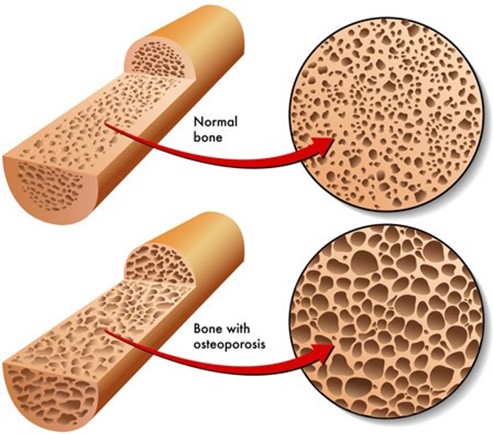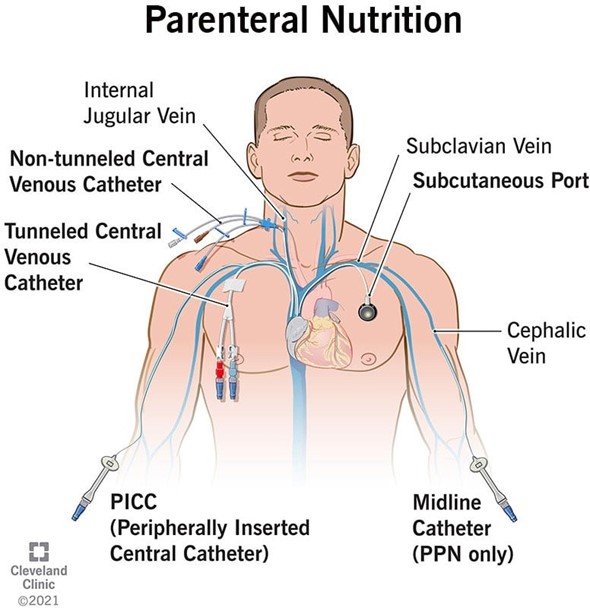A nurse is teaching a client who has endometriosis about the adverse effects of leuprolide.
Which of the following manifestations should the nurse include in the teaching?
Pallor.
Increased appetite.
Bone loss.
Hypoglycemia.
The Correct Answer is C

Leuprolide can cause bone loss, which can lead to osteoporosis and an increased risk of bone fractures.
Choice A, Pallor, is not the correct answer because pallor (pale skin) is not a common side effect of leuprolide.
Choice B, Increased appetite, is not the correct answer because increased appetite is not a common side effect of leuprolide.
Choice D, Hypoglycemia, is not the correct answer because hypoglycemia (low blood sugar) is not a common side effect of leuprolide.
Nursing Test Bank
Naxlex Comprehensive Predictor Exams
Related Questions
Correct Answer is A
Explanation
A banana allergy is often connected to a latex allergy.
This is because some of the proteins in the rubber trees that produce latex are known to cause allergies, and they are similar to the proteins found in some nuts and fruits, including bananas.
This syndrome is known as latex-food syndrome or latex-fruit allergy.
Choice B is not the answer because there is no known cross-reactivity between bananas and anesthetics.
Choice C is not the answer because there is no known cross-reactivity between bananas and povidone-iodine.
Choice D is not the answer because there is no known cross-reactivity between bananas and adhesive tape.
Correct Answer is D
Explanation

If the new TPN solution is not available, the nurse should infuse dextrose 10% in water to prevent hypoglycemia.
Choice A is incorrect because disconnecting and flushing the IV access line would interrupt the client’s nutrition and could lead to hypoglycemia.
Choice B is incorrect because lactated Ringer’s solution does not provide the necessary glucose to prevent hypoglycemia.
Choice C is incorrect because decreasing the TPN infusion rate would not provide the necessary glucose to prevent hypoglycemia.
Whether you are a student looking to ace your exams or a practicing nurse seeking to enhance your expertise , our nursing education contents will empower you with the confidence and competence to make a difference in the lives of patients and become a respected leader in the healthcare field.
Visit Naxlex, invest in your future and unlock endless possibilities with our unparalleled nursing education contents today
Report Wrong Answer on the Current Question
Do you disagree with the answer? If yes, what is your expected answer? Explain.
Kindly be descriptive with the issue you are facing.
